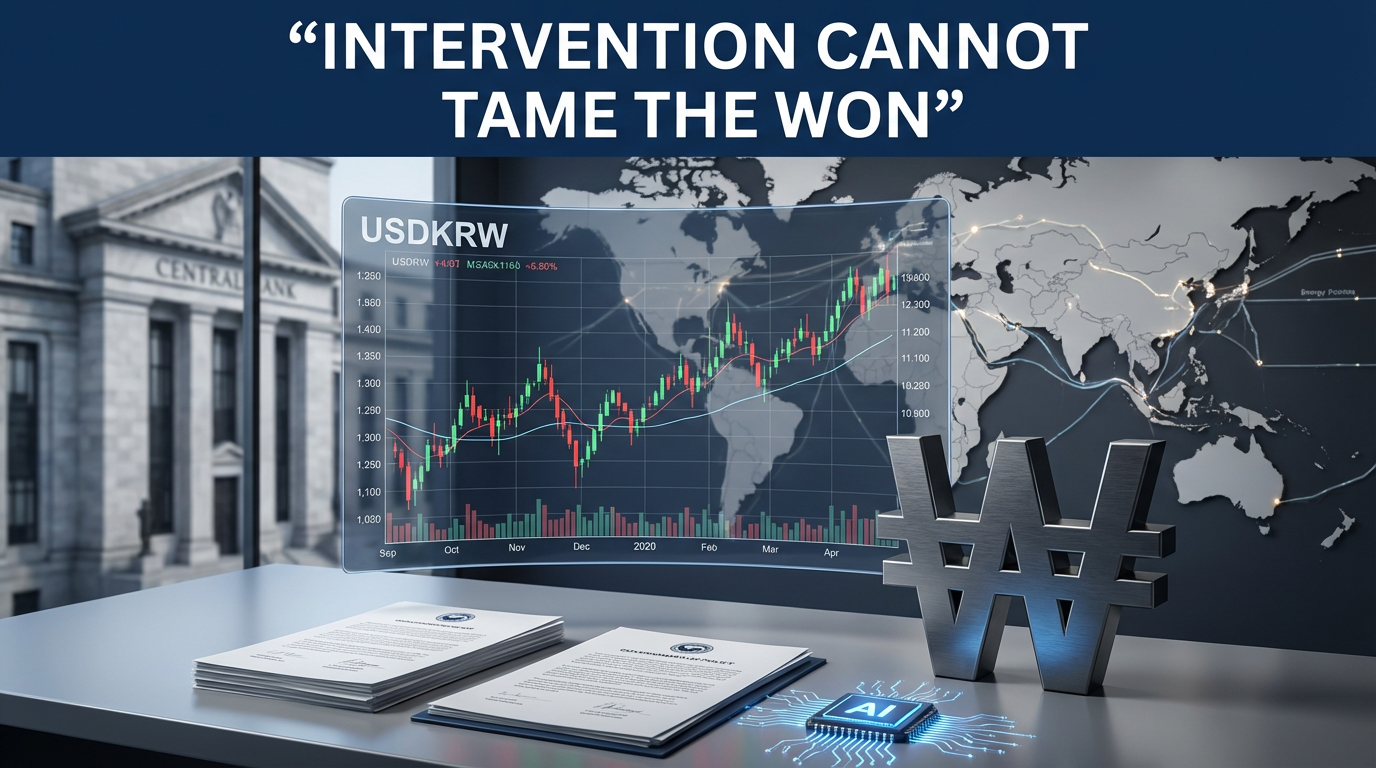● Unprecedented-Market-Buy,Don’t-Sell
Turning Point in the Real Estate Market: Investment Strategies Based on Trading Volume and Price Fluctuations
1. Capturing the Real Estate Investment Timing
Instead of focusing only on when real estate prices rise, it is necessary to carefully examine the point at which prices fall and trading volume increases.
Even if the price falls, the actual use value remains unchanged, which can act as a buying opportunity.
If the price falls and the trading volume increases simultaneously, it may be a signal of increased supply but also a recovery in demand.
Investors need to consider both homeownership and investment at this point.
2. Market Sentiment and Investment Strategies
It is important to analyze objective data, especially the correlation between trading volume and price, without being swayed by investment sentiment and emotions.
Unlike stocks, real estate has intrinsic value because of its use value, even when prices fall.
Instead of people jumping in unconditionally at high prices, a strategy of purchasing substantively when prices are sufficiently low is needed.
When establishing your investment strategy, the key is ‘contrarian investing,’ i.e., aiming for the timing when prices recover after falling.
3. Changes in the Balance of Supply and Demand
Real estate prices are determined by the meeting of supply and demand.
Currently, the supply is excessive due to the increase in sales volume, but when the price falls to a certain level, demand gradually enters the market.
When the trading volume increases and the price hits the bottom, that moment becomes a signal of rebound.
If the trading volume stagnates despite the increase in supply to the market, caution is required because there is a high possibility of further decline.
4. Future Prospects and the Role of Policy
Economic forecasts and policy changes also have a significant impact on real estate investment strategies.
Government policies, such as special loans, can temporarily change the market atmosphere, but fundamental changes start with the movement of prices and trading volume.
As the increase in trading volume was confirmed from the bottom price in 2012-2013, these signals should continue to be closely observed.
A systematic analysis based on key keywords such as investment strategy, market price analysis, real estate market, and economic outlook is required.
<Summary>
The timing of real estate investment lies in accurately identifying the point at which prices fall and trading volume increases.
You should aim for the bottom of the price where buying opportunities occur while maintaining the actual use value.
You should objectively analyze market sentiment and carefully examine changes in the balance of supply and demand.
Government policies and loan policies should also be referenced, but the foundation is the establishment of an investment strategy based on economic forecasts and market price analysis.
SEO Keywords: Real Estate Investment, Economic Outlook, Investment Strategy, Real Estate Market, Market Price Analysis
[Related Articles…]
Real Estate Market Trend Analysis
Establishing a Successful Investment Strategy
*YouTube Source: [와이스트릿 – 지식과 자산의 복리효과]
– “이제껏 본 적 없는 시장” 집 팔라고요? 아닙니다 지금은 그 반대입니다 / 이광수 대표 (1부)

● Housing-Bubble-Warning
Real Estate Transactions and Price Fluctuations: Peak Potential of the Gangnam Market and Future Investment Strategies
[1] Initial Increase in Listings and Rise in Asking Prices
Recently, an increase in listings and a rise in asking prices have been observed in the real estate market.
During an initial increase in listings, asking price-based indices rise more than actual transactions.
An atmosphere is forming where asking prices are presented 5-8% higher than previous transaction prices.
This phenomenon can be seen as an early sign of future price fluctuations, so transaction volume and asking prices must be examined together in the ‘economy’ and ‘real estate’ markets.
[2] Slowdown in Demand and Limited Effective Demand
Currently, the South Korean real estate market has seen prices rise due to a decrease in supply, but…
In reality, the number of listings is increasing and transaction volume is sluggish, raising doubts about the sustainability of price increases.
In particular, with most housing demand dependent on loans, there is a possibility that effective demand will reach its limit in the long term.
Loan demand from those in their 30s and 40s has created market liquidity, but the loan capacity of younger people is limited.
[3] Gangnam Apartments: Polarization and Peak Signals
The possibility that apartment prices in the Gangnam area will form a relative peak compared to other regions is increasing.
Polarization and hyper-polarization, as well as emotional words, are interpreted as peak signals in the Gangnam market.
Looking at past cases of price changes in Gangnam, Seoul, there have been cases where prices fell after a decrease in transaction volume and an increase in asking prices occurred simultaneously at the peak.
Therefore, Gangnam real estate should consider price representativeness and transaction volume together from an ‘investment’ perspective.
[4] Investor Behavior and Gap Investment Market
Investors mainly make gap investments based on expectations of price increases.
However, in situations like the current market where transaction volume is decreasing and price gaps are excessively widening, investor sentiment can change rapidly.
As investors, they only actively move when they expect a much higher price increase than the price they bought at.
Therefore, one should not be swayed by simple emotional words but carefully examine ‘transactions’, actual transaction volume, and price representativeness.
[5] Government Policies and Future Market Outlook
Government policy loans, measures for unsold units, and the lifting of land transaction permit zones are having a short-term impact on the market.
With the policies eased, homeowners tend to withdraw listings and set higher asking prices.
In this case, the gap between supply and demand widens, which may foreshadow a future price decline.
Ultimately, if transaction activation does not occur at the bottom, there is a risk that prices will fall from the peak.
Due to increased listings, rising asking prices, and limited effective demand centered on loans, real estate prices may be in a short-term bubble.
In particular, peak signals and polarization centered on Gangnam may act as major causes of future price adjustments.
Investors should not be swayed by emotional words but carefully check actual transaction volume and price representativeness, and approach with caution.
Market volatility is expected to increase depending on policy changes and transaction activation.
It is necessary to closely examine the latest market trends while considering key aspects related to the economy, real estate, investment, transactions, and the market.
[Related Posts…] Gangnam | Investment
*YouTube Source: [와이스트릿 – 지식과 자산의 복리효과]
– “뉴스에서 이 말 나오면 꼭지” 집값 신호는 명확합니다, 꼭 보세요 / 이광수 대표 (2부)



